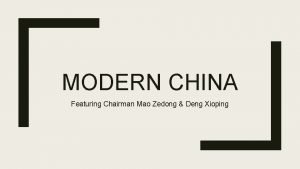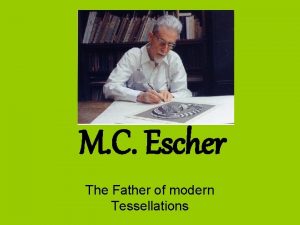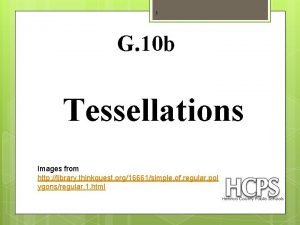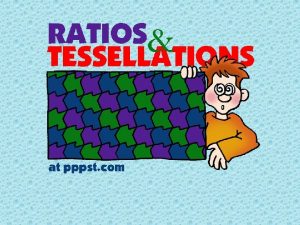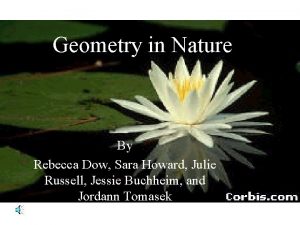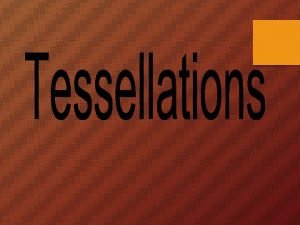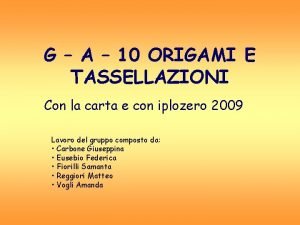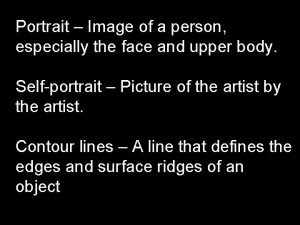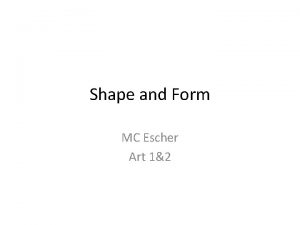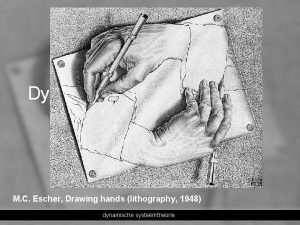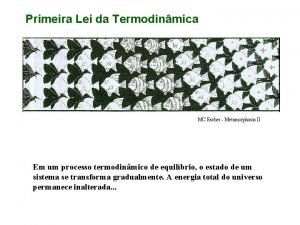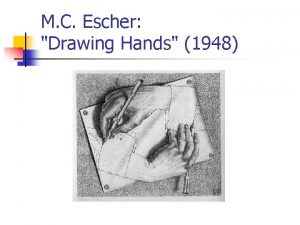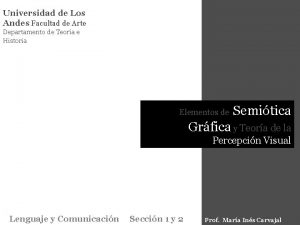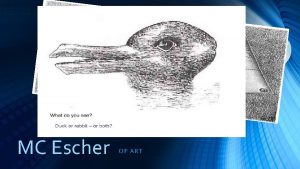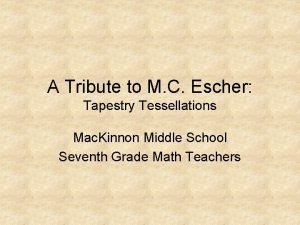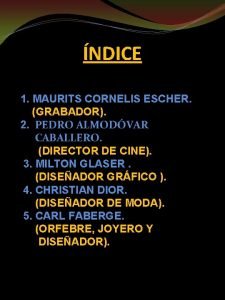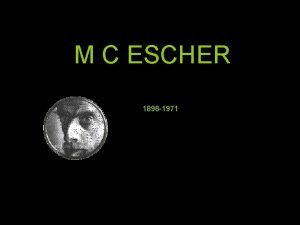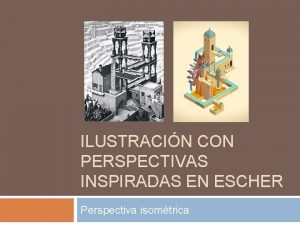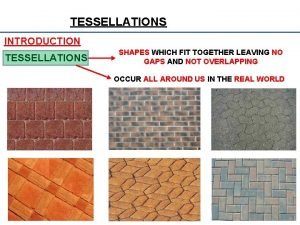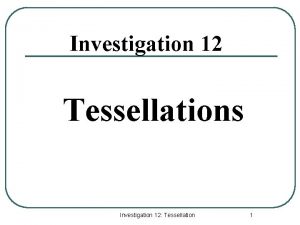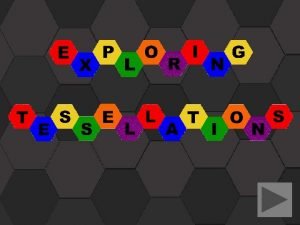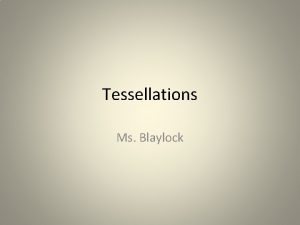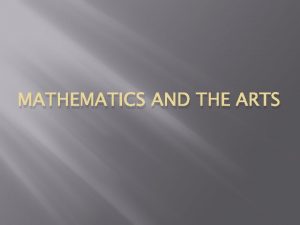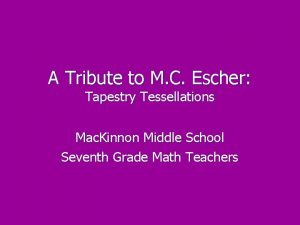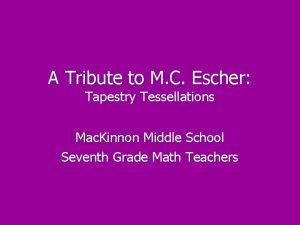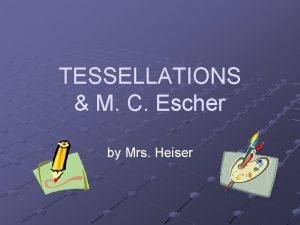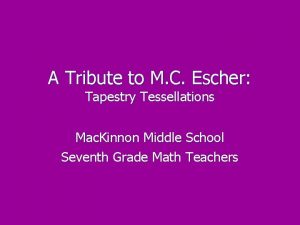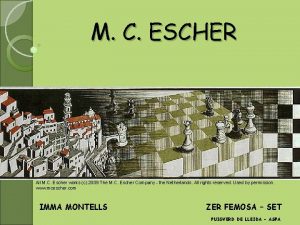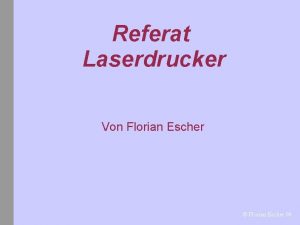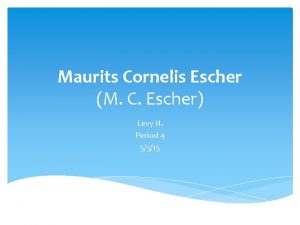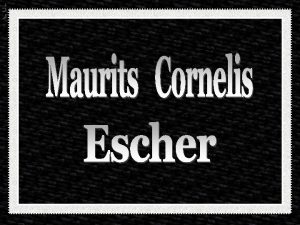TESSELLATIONS Featuring Artist MC Escher Shape is An




















- Slides: 20

TESSELLATIONS Featuring Artist: MC Escher

Shape is: • An enclosed line. • REMEMBER: a line has a start point and an end point. A shape has the SAME start point and end point. LINE SHAPE

Types of Shapes: • Geometric shapes such as circles, triangles or squares have perfect, uniform measurements and don't often appear in nature. • Organic shapes are associated with things from the natural world, like plants and animals and are free-form.

GEOMETRIC OR ORGANIC?

GEOMETRIC OR ORGANIC?

Types of shapes: • Positive shapes-occupy positive space, or space that is taken up. In other words, it would be the actual object (the chair). • Negative shapes-The area around positive shapes or the background (the air).

Which are the negative shapes? Which are the positive shapes?

Sometimes you can’t tell…

MC Escher • Escher is known as the 'Father' of modern tessellations. He is famous for his impossible depictions of objects into tessellations. • During his life, he became obsessed with filling surfaces with pictures that did not overlap or leave spaces. • A lot of times, his work is a bit confusing. You decide if you can tell the difference in positive space and negative space.

Examples of Artworks using Positive and Negative Shapes All the following are illustrated by Escher (Answer the questions in your sketchbook)

Where do you see positive shapes? Where do you see negative shapes? Is this kind of an optical illusion? If so, how?

How is this painting like the last painting? How is it different?

Is there positive space and negative space here?

Tessa- what? • The word 'tessera' in Latin means a small stone cube. They were used to make up 'tessellata' - the mosaic pictures forming floors and tiling in Roman buildings • Today, the term "tessellation“ has a new meaning. Now it means pictures or tiles that aren't just squareshaped. • The individual tiles are the shape of animals, people, and things. • The tiles cover a surface -- usually a 2 D (i. e. , flat) plane -- in a symmetrical way without overlapping or leaving gaps.

Types of tessellations • In a tessellation, there is repetition. This makes a pattern. • This shows two of the three ways a tessellation can repeat. • There are three ways that a tile can repeat: Translation, Reflection, and Rotation (Sliding, Flipping, and Turning). • We will learn more in the next slides.

Translation (Sliding) • This is the basic "tile" shape of the tessellation on this page: it's a horse and a hawk together. The tessellation picture is made by repeating the tile and fitting all the copies of the tile together. • The shapes of the bird and the horse repeat by moving. . . sliiiiiding. . . a little down and a little left.

Reflection (Flipping) • This is the basic "tile" shape of the tessellation on this page: it's a tropical reef fish. We make the tessellation by repeating the tile and fitting all the tile's copies together. • The shape of the fish repeats by reflecting. . . flipping. . . like a picture held up to a mirror.

Rotation (Turning) • This is the basic "tile" shape of the tessellation on this page: it's a goldfish. We make the tessellation by repeating the tile and fitting all the tile's copies together. • The shape of the fish repeats by rotating. . . turning. . . spinning, yet leaves no untaken space.

Video http: //www. youtube. com/watch? v=_Lg 19 Nv. W_s. U Then project sheet

 If a round analog clock featuring numbers 1-12
If a round analog clock featuring numbers 1-12 Featuring
Featuring Acrostic poem learning intentions
Acrostic poem learning intentions Mc escher nationality
Mc escher nationality Escher ghosts
Escher ghosts Square triangle tessellation
Square triangle tessellation Polygons in nature
Polygons in nature What is a tessellation
What is a tessellation Tassellazione escher
Tassellazione escher Mc escher self portrait
Mc escher self portrait Any two-dimensional area with a recognizable boundary.
Any two-dimensional area with a recognizable boundary. Escher zinnen
Escher zinnen Escher ghosts
Escher ghosts Escher metamorphosis 3
Escher metamorphosis 3 Drawing hands 1948
Drawing hands 1948 Escher barcelona
Escher barcelona Escher op art
Escher op art Tapestry
Tapestry Mc escher biografia
Mc escher biografia Mc escher castrovalva
Mc escher castrovalva Escher perspectiva
Escher perspectiva

